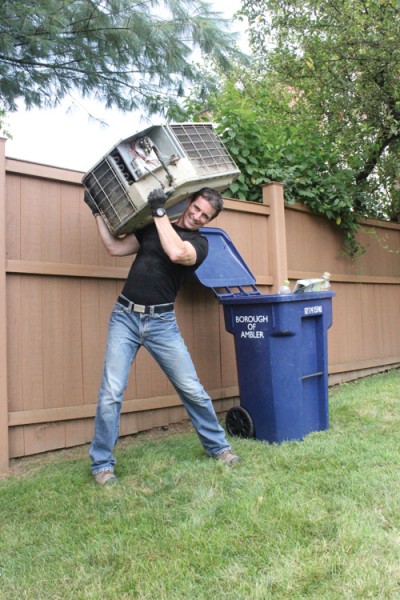If you’ve cranked up the AC on a sweltering day and still feeling sticky and overheated, then you are in the right place. Let’s dive into: “Why my AC isn’t cooling my home when I need it?”

Not only does it make your home uncomfortable, but a constantly-running air conditioning unit also drives up your energy bills without giving you the relief you need. So why is this happening? Here are some of the most common culprits for why your AC isn’t cooling and how to fix them.
Poor Insulation
Insulation acts like a protective blanket for your home. When the insulation isn’t sufficient, worn out, or poorly installed, cold air leaks out while hot air seeps in (or the reverse when it’s cold outside). That means your HVAC system has to work harder just to keep up, and you’re left with less-than-comfortable temperatures and higher utility bills.
You can spot insulation problems if some rooms feel much warmer than others, if you notice drafts around light switches or around windows or doors, or if your cooling costs are higher than expected. If you aren’t sure about a draft, light a candle and blow it out to see if the smoke is affected near the suspected draft.
After you spot the problem areas, you can work to implement easy solutions, such as sealing leaks around doors and windows with caulk, weatherstripping, or door sweeps or adding extra insulation in the attic. For hands-on homeowners, insulation DIY tools can help with these smaller projects. For bigger upgrades, it’s often worth calling in a professional to make sure the job is done right if you are not used to it.
HVAC Unit Problems
Of course, sometimes when your AC ins’t cooling, the problem is your AC unit. An air conditioner that’s too old, undersized, or poorly maintained simply can’t keep up with demand. Dirty filters restrict airflow, worn parts reduce efficiency, and a lack of regular servicing leaves small issues to grow into bigger ones.
Signs that your system may be struggling include weak airflow, unusual noises, or a unit that runs constantly without cooling the space. The fix may be as simple as changing a filter, or it might require professional servicing. If your system is more than a decade old, it could be time to look at repair or replacement options through a trusted air conditioning specialist.
Property Layout Issues
Even with good insulation and a solid HVAC unit, your home’s layout might be working against you. Open floor plans or newly renovated attics and other spaces can disrupt the way conditioned air moves through your house. Some rooms may stay comfortable while others never cool down.
The solution to why your AC isn’t cooling could be as simple as adjusting vents or using fans to improve circulation. In larger or more complex homes, zoning systems or even an extra unit may be necessary. If you’ve recently renovated, created an addition, or changed your floor plan in another way, it may be worth consulting an architect or HVAC expert to make sure your system is designed for the space you actually live in now.
Direct Heat
Sometimes the problem isn’t inside at all. It could be that the sun is beating down on your home because of changes in landscaping, especially if you’ve removed trees, changed your roofing, or added more hard surfaces outside. South-facing rooms, large glass windows, or skylights can also create hot zones that even the best AC may struggle to cool.
If this sounds familiar, consider adding blinds or curtains to block direct sunlight, using reflective window films, or installing exterior awnings. Landscaping can also help. For example, a strategically planted tree can provide natural shade and reduce heat gain over time.
So if your AC isn’t cooling and your home still feels hot despite the air conditioning running constantly, don’t assume you just have to live with it. There may be a variety of reasons why your home isn’t getting any cooler, and the sooner you figure out what’s wrong, the sooner you can fix it.
Every problem has a solution, whether you can tackle it yourself or need professional help.

